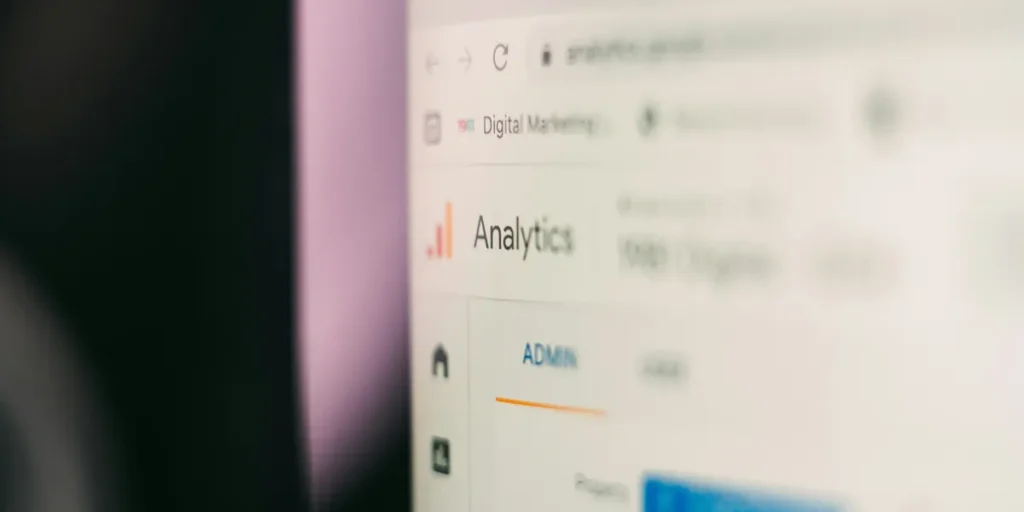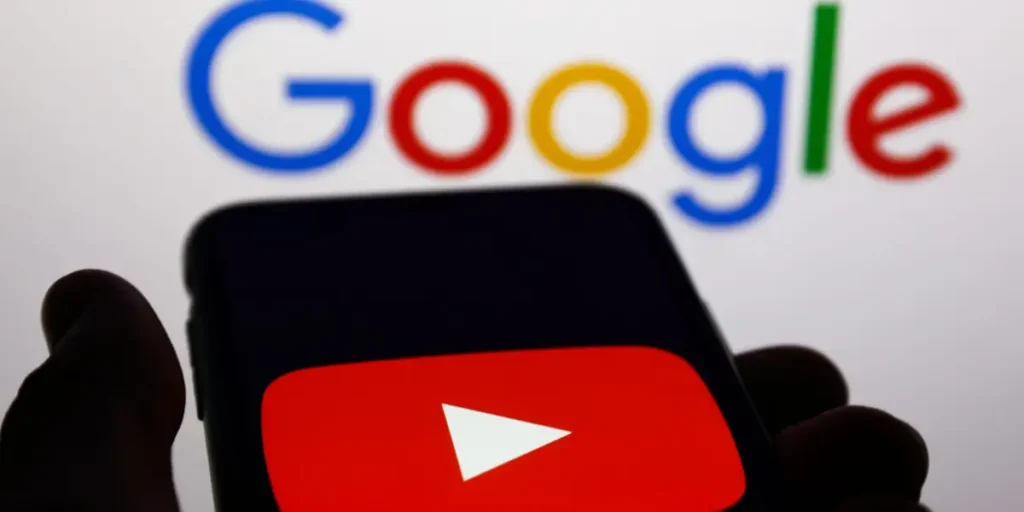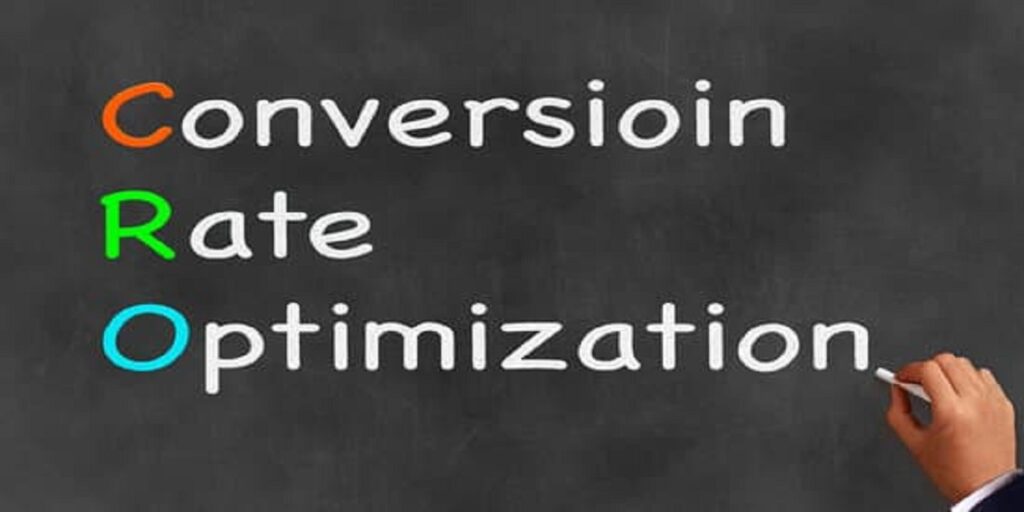In the competitive and fast-evolving digital marketing landscape, pay-per-click campaign optimization has become an essential process for businesses looking to maximize their advertising efforts. PPC campaigns can quickly drain budgets without delivering meaningful results if not carefully managed and optimized. The purpose of pay-per-click campaign optimization is to refine every aspect of the campaign—from keyword selection to ad creatives and bidding strategies—ensuring that the ads are reaching the right audience, at the right time, and in the right context. By focusing on optimization, advertisers can improve their quality scores, reduce cost per click (CPC), and increase the overall return on investment (ROI). Moreover, it helps avoid wasting budget on irrelevant clicks and ineffective ads, which is crucial, especially for small and medium-sized businesses that operate with limited advertising funds.
Setting Clear Objectives for PPC Success
Pay-per-click campaign optimization starts with clearly defined objectives. Without well-established goals, it’s nearly impossible to determine whether your campaign is successful or to guide optimization efforts effectively. These objectives could range from increasing brand awareness and driving traffic to a specific landing page, generating qualified leads, or directly boosting sales revenue. Each objective requires a different approach to optimization. For instance, a campaign focused on brand awareness might prioritize impressions and clicks, whereas one aiming for sales will focus heavily on conversion rates and cost per acquisition. Defining key performance indicators (KPIs) aligned with your goals allows you to measure progress, make informed decisions, and justify your ad spend. This clarity also ensures that your pay-per-click campaign optimization is strategic, measurable, and tailored to your business needs.
Keyword Selection and Refinement in PPC Campaigns
The backbone of pay-per-click campaign optimization lies in meticulous keyword research and ongoing refinement. Selecting the right keywords involves understanding your target audience’s search behavior and identifying terms that are highly relevant to your products or services. Beyond the initial keyword research, continuous optimization requires adding negative keywords to filter out irrelevant traffic, thus preventing wasted spend on clicks that are unlikely to convert. Additionally, focusing on long-tail keywords—more specific phrases with lower competition—can attract highly targeted visitors who are further along in the buying process. Regularly reviewing keyword performance data helps identify which terms generate high-quality traffic and which should be paused or removed. This level of refinement ensures your campaign stays efficient and that your ads appear only to users most likely to engage with your business.
Crafting Compelling Ad Copy for Higher Engagement
Once keywords are in place, the next critical element in pay-per-click campaign optimization is creating compelling ad copy. Your ad copy is what catches a user’s eye and persuades them to click. It needs to be not only relevant to the keywords but also resonate emotionally with the audience. Effective ad copy highlights the unique selling proposition of your product or service, addresses pain points, and includes a clear call-to-action (CTA) that encourages users to take the next step. Continuously testing different versions of your ad copy—such as varying headlines, descriptions, and CTAs—enables you to find the most persuasive combinations. Keeping the language simple yet impactful while adhering to character limits imposed by advertising platforms is essential. Well-optimized ad copy directly contributes to higher click-through rates, better Quality Scores, and ultimately, more conversions.
Landing Page Optimization to Boost Conversion Rates
Pay-per-click campaign optimization doesn’t stop once a user clicks your ad; it extends to optimizing the landing page experience. The landing page must deliver on the promise made in the ad and provide a seamless, user-friendly experience that encourages visitors to convert. This means ensuring the page loads quickly, is mobile-responsive, and presents clear, relevant content aligned with the ad’s message. Elements such as easy navigation, visible CTAs, trust signals (like reviews or security badges), and minimal distractions are crucial to guide users toward completing the desired action, whether it’s making a purchase, filling out a form, or signing up for a newsletter. Testing different landing page layouts, headlines, images, and offers through A/B testing can reveal what drives the best results. Effective landing page optimization helps lower bounce rates and increases the percentage of visitors who convert, making your PPC campaigns far more profitable.
Utilizing Bid Management for Cost Efficiency

Bid management is a strategic tool in pay-per-click campaign optimization that directly affects how much you pay for each click and how often your ads appear. Setting bids too high can exhaust your budget quickly, while setting them too low can limit your ad visibility. The key is to find the optimal bid that balances cost with competitiveness. Smart bid adjustments can be made based on factors such as keyword performance, time of day, device type, geographic location, and audience demographics. For example, increasing bids on high-converting keywords during peak buying hours can maximize conversions, while lowering bids for low-performing segments can save budget. Many advertisers use automated bidding strategies offered by platforms like Google Ads, which use machine learning to optimize bids in real-time based on campaign goals. Incorporating these bid management techniques ensures your budget is spent wisely and your campaigns remain cost-effective.
Leveraging Audience Targeting for Precise Reach
In addition to keywords and bids, audience targeting is a powerful aspect of pay-per-click campaign optimization. Modern PPC platforms offer advanced targeting options that allow advertisers to segment their audiences based on demographics, interests, behaviors, and past interactions with their brand. Remarketing, for instance, targets users who have previously visited your website but didn’t convert, increasing the chances of bringing them back to complete the purchase. Lookalike audiences enable you to reach new potential customers who share characteristics with your best existing clients. Custom affinity and in-market audiences further refine targeting by focusing on users actively searching for or interested in related products. By leveraging these audience segments, your ads become more relevant to users, which improves engagement, lowers CPC, and enhances conversion rates.
Analyzing Performance Metrics to Inform Decisions
Continuous monitoring and analysis of your campaign’s performance data is at the heart of effective pay-per-click campaign optimization. Metrics such as Quality Score, click-through rate (CTR), cost per click (CPC), conversion rate, and return on ad spend (ROAS) provide detailed insights into how well your campaign is performing. A low Quality Score, for example, may indicate that your ad copy or landing page is not sufficiently relevant to the keywords, requiring adjustments. Analyzing CTR helps identify which ads capture attention, while conversion rate analysis reveals whether visitors are completing your desired actions. These insights inform decisions on where to reallocate budget, which keywords to pause, and what elements to test next. Data-driven optimization reduces guesswork and ensures that your pay-per-click campaigns continually improve over time.
Testing and Experimentation for Continuous Improvement
Pay-per-click campaign optimization is not a one-time task but a continuous process of testing and experimentation. A/B testing different elements such as ad copy, headlines, keywords, bidding strategies, and landing pages allows marketers to gather empirical data on what works best. By running controlled experiments, you can isolate variables and make informed changes that lead to improved performance. Experimentation also helps identify new opportunities and prevents your campaigns from becoming stagnant. For example, testing different CTAs might reveal a phrase that significantly increases conversions, or trying out a new ad format could boost engagement. The willingness to experiment and adapt is what keeps PPC campaigns competitive and effective in the long run.
Adapting to Platform Changes and Trends
The digital advertising ecosystem is highly dynamic, with frequent updates to algorithms, features, and policies by platforms like Google Ads and Microsoft Advertising. Successful pay-per-click campaign optimization requires staying informed about these changes and adapting your strategies accordingly. New ad formats such as responsive search ads or video ads, evolving targeting options, and shifts in consumer behavior must all be incorporated into your optimization efforts. Additionally, emerging trends like voice search and artificial intelligence-driven personalization present both challenges and opportunities. Keeping abreast of industry news, participating in forums, and regularly reviewing platform documentation ensure your campaigns leverage the latest tools and techniques to maintain their edge.
Avoiding Common Pitfalls in PPC Optimization
Even experienced marketers can fall into traps that undermine pay-per-click campaign optimization. Common pitfalls include neglecting to optimize for mobile users, which is critical given the growing number of searches on smartphones and tablets. Another frequent mistake is ignoring negative keywords, which can lead to irrelevant clicks and wasted budget. Failing to monitor daily budget pacing can cause campaigns to exhaust funds too early in the day, missing out on potential traffic later. Additionally, not tracking conversions or setting up proper analytics leads to poor visibility into campaign effectiveness. By proactively addressing these issues, advertisers can ensure their PPC efforts are efficient, targeted, and aligned with their business goals.
Conclusion
Pay-per-click campaign optimization is a multifaceted and ongoing process that requires strategic planning, continuous monitoring, and adaptability. From defining clear objectives to refining keywords, crafting compelling ads, optimizing landing pages, managing bids, and leveraging audience targeting, every step plays a vital role in improving campaign performance. Utilizing data-driven insights and embracing a culture of testing enables marketers to fine-tune their PPC campaigns for maximum efficiency and ROI. Staying updated with platform changes and avoiding common mistakes further enhances the success of your paid advertising efforts. Ultimately, pay-per-click campaign optimization transforms advertising spend into measurable business growth, making it an indispensable component of any digital marketing strategy.
















